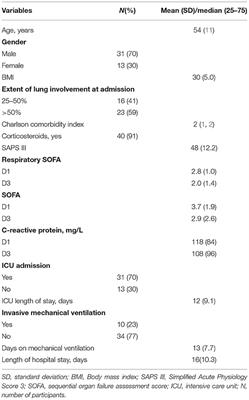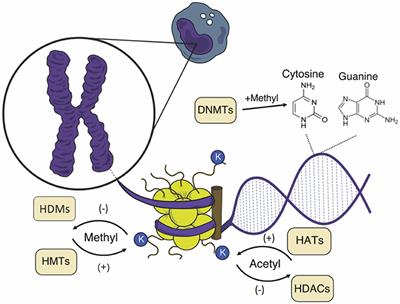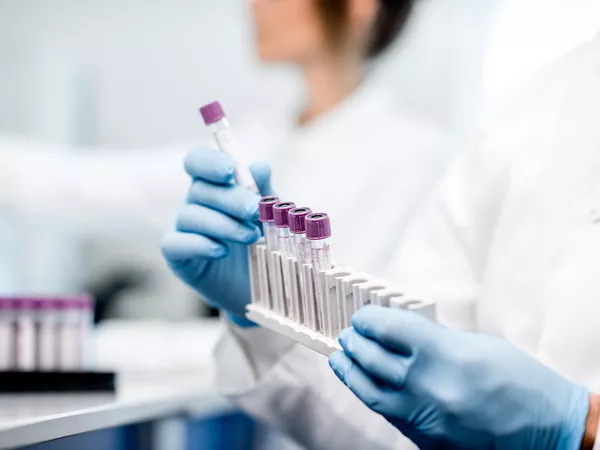EDITORIAL
Published on 30 May 2022
Editorial: Sepsis and COVID-19: Cross-Talk in Signaling Pathways and in Therapeutic Perspectives
doi 10.3389/fmed.2022.917792
- 1,093 views
- 1 citation
13k
Total Downloads
202k
Total Views and Downloads
Select the journal/section where you want your idea to be submitted:
EDITORIAL
Published on 30 May 2022
ORIGINAL RESEARCH
Published on 16 Mar 2022

ORIGINAL RESEARCH
Published on 07 Mar 2022

ORIGINAL RESEARCH
Published on 02 Mar 2022

BRIEF RESEARCH REPORT
Published on 06 Jan 2022

ORIGINAL RESEARCH
Published on 23 Nov 2021

ORIGINAL RESEARCH
Published on 14 Oct 2021

REVIEW
Published on 18 Aug 2021

ORIGINAL RESEARCH
Published on 16 Aug 2021

BRIEF RESEARCH REPORT
Published on 03 Aug 2021

REVIEW
Published on 12 Jul 2021


Frontiers in Public Health
Infectious Diseases – Surveillance, Prevention and TreatmentOffline